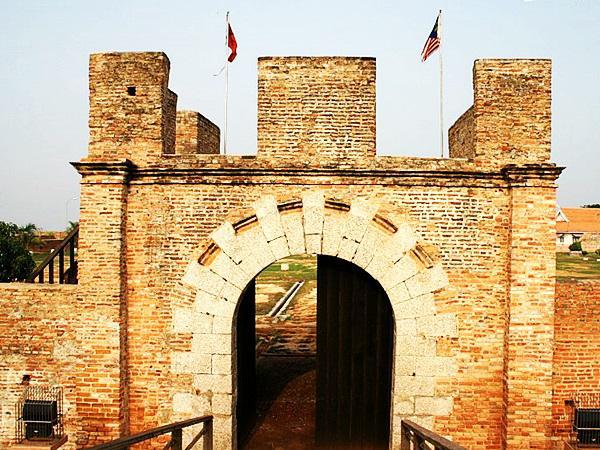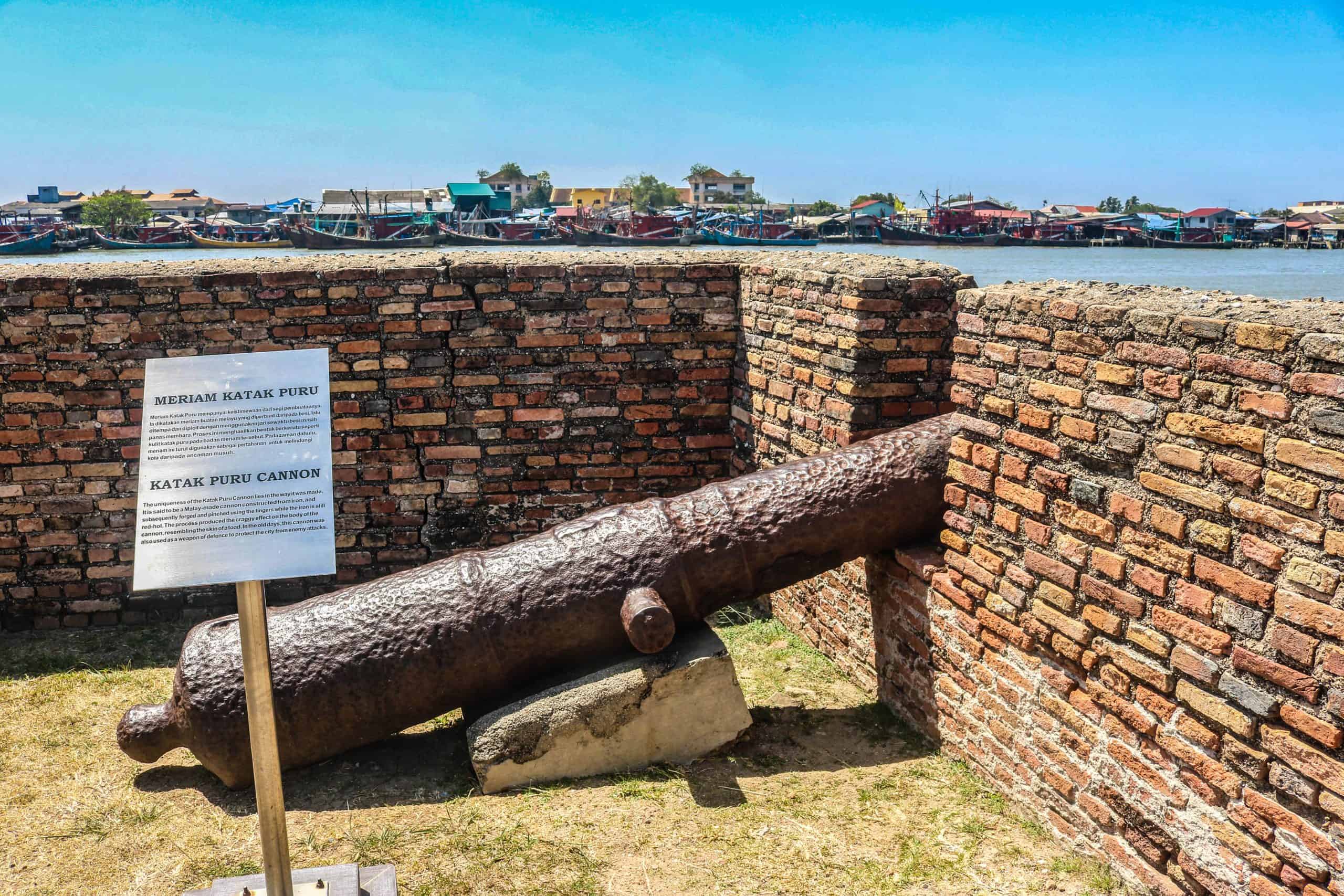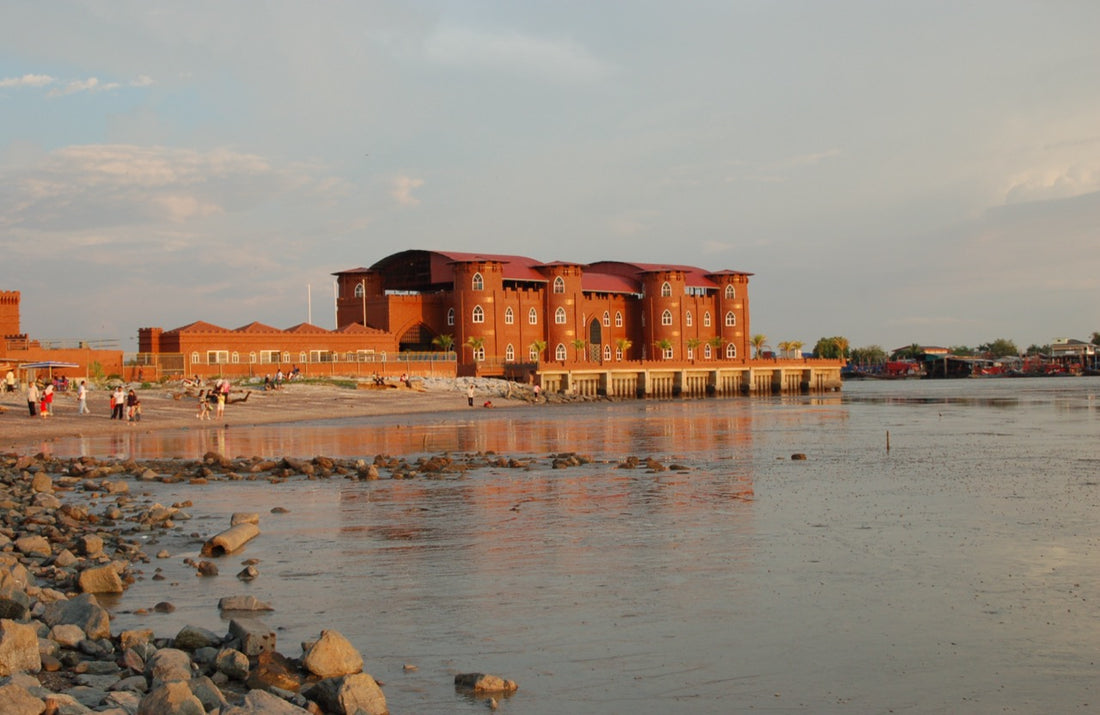The Kuala Kedah Fort is located in the northern State of Kedah on the west coast of Malaysia. It is approximately 10 kilometres from the State capital of Alor Setar and about 50 kilometres to the north of the Bujang Valley Museum. The actual location of the Fort is on the north bank of the river Kedah estuary which is on the opposite side to the township of Kuala Kedah, and at the mouth of the estuary where it leads out into the Straits of Malacca. The banks of the estuary in this area are mostly of mud, leading into mangrove swamps. The land is mostly very low.
The History of the Kuala Kedah Fort

Kuala Kedah Fort City
The Fort of Kuala Kedah (Kuala Kedah Kota) is the sole surviving Fort built by the Malays in the eighteenth century. It was built under the guidance of the enterprising Sultan Abdullah Mukurram Shah to protect the State of Kedah from invasion by its powerful neighbours in Thailand. Earlier forts had been built on the same site, the first of which was built by the Portuguese in the sixteenth century. Work started on the construction of the present fort in 1771 using skilled masons imported from India whose first task was to make the bricks. The mortar for the walls is reputed to be a mixture of sand, egg whites and honey. Extensive plans were prepared by the Mufti of Kedah to include within the two-acre compound a number of handsome buildings. The Fort was completed in 1880 and heavy cannons were acquired from England and installed - the most notable of which are a pair of 3 metre long cannons known as Batak Berendam (the Rhinoceros) and Katak Puru (the Toad). During the construction period a moat or river was dug to complete the water protection along the north end. Along the southern portion of the Fort there is a 6 metre wide raised section, enclosed by a brick retaining wall with infill. The earth fill is said to have been from the excavations to form the moat.

Access to the Fort was through the original East Gate or Pitu Malim, which possibly derived its name from 'Malik' or 'Chief’. At a later date the new or British Gate was opened. It is believed that there was also another gate in the west wall. Originally around the inner perimeter of the Fort trees were planted at a distance of 15 metres. Later the raised Audience Hall was constructed which became also the Court and it was from here that, in the latter half of the nineteenth century, the business of Kedah State was carried out.

The existing sea wall was built fairly recently, after the old wall had been breached by the sea. It was built to the same height as the former wall using boulders and granite brought from the nearby island, Pulau Paya.

